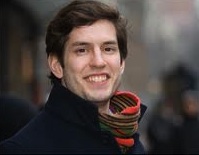
Actuaries Without Borders… Why Not?
Experts from Aegon Global Pensions, De Nederlandsche Bank and other Dutch pension and financial consulting firms are helping the Amsterdam-based P&D Network plant the seeds for "micropension" programs in the developing world. The final part of a two-part series.


